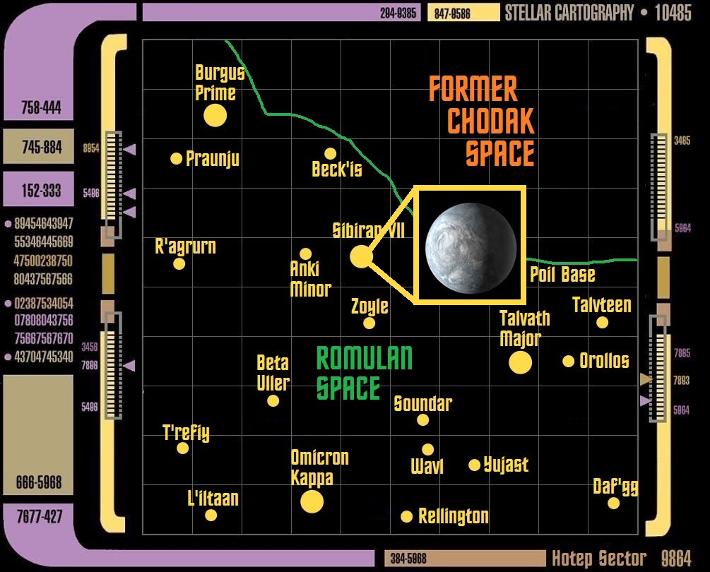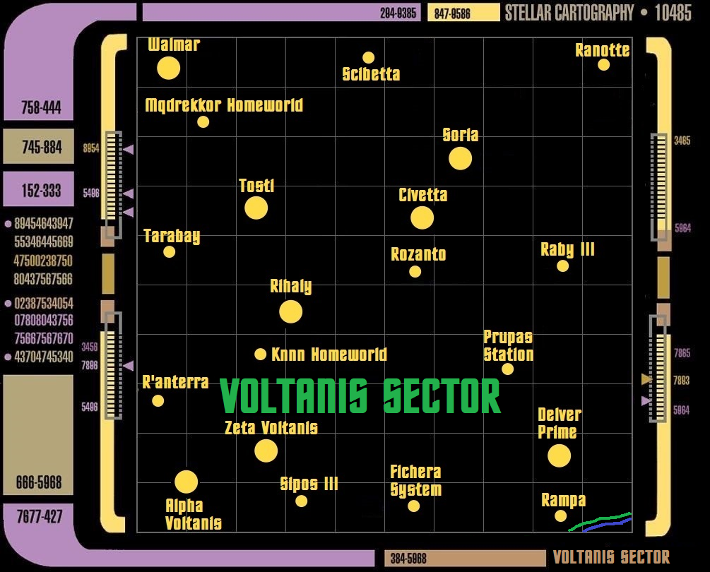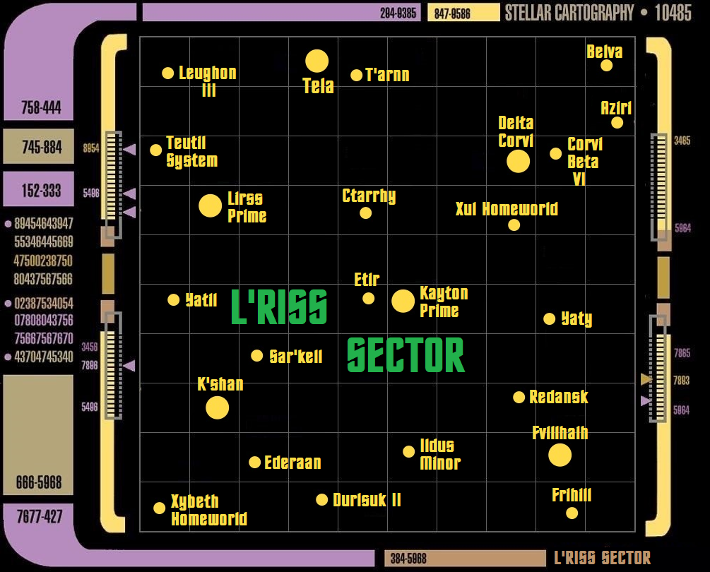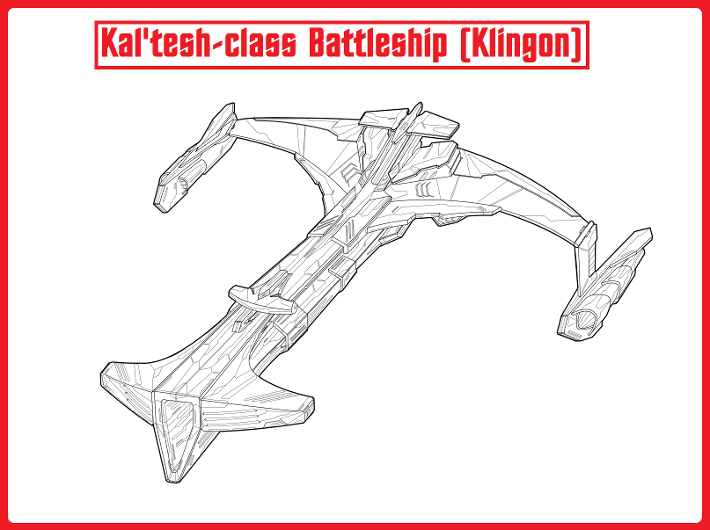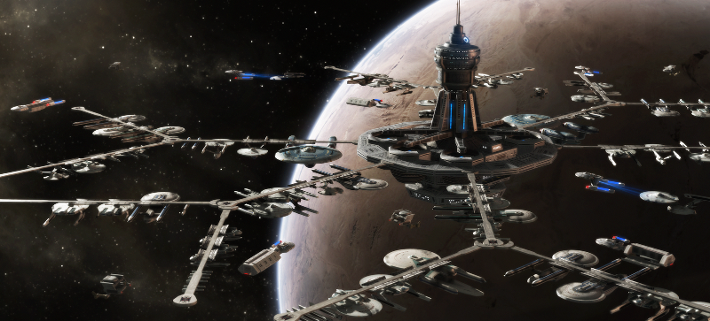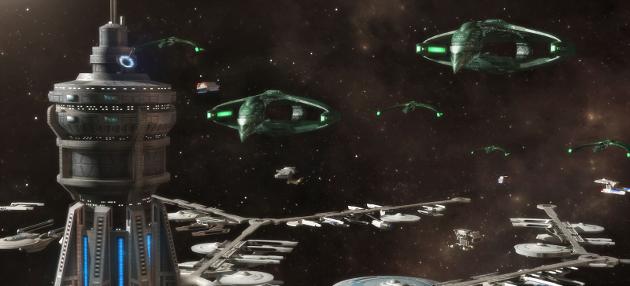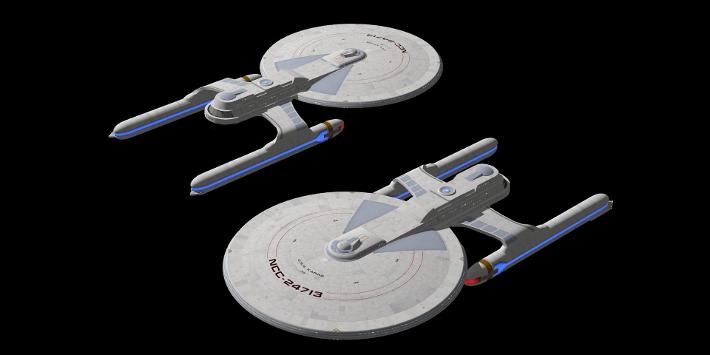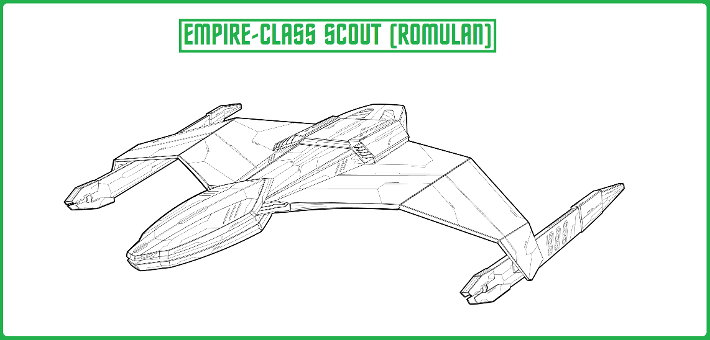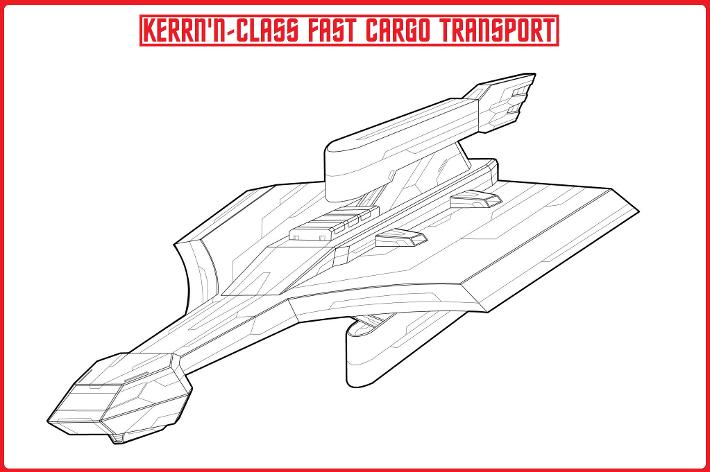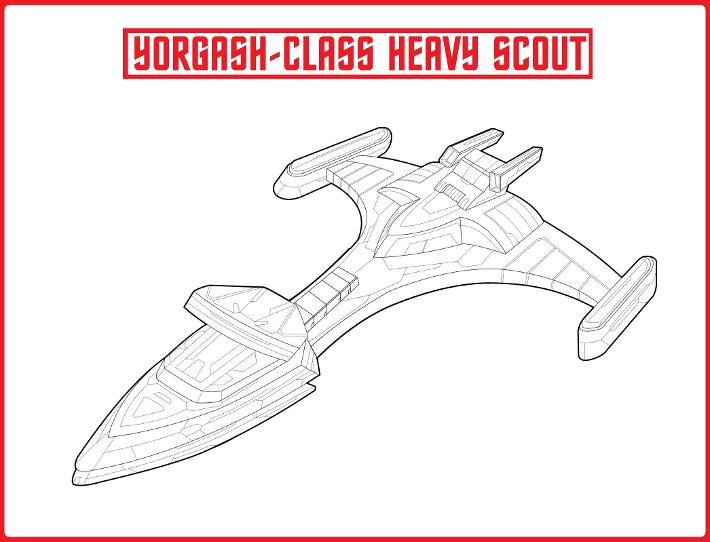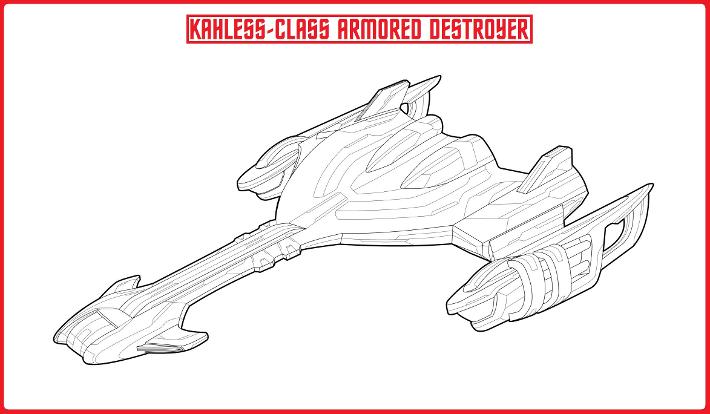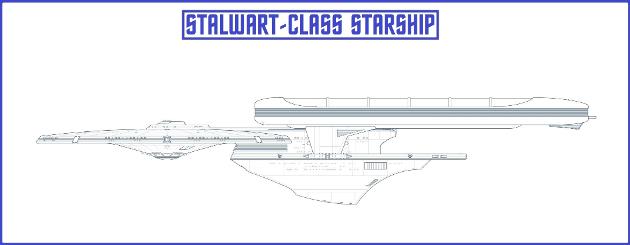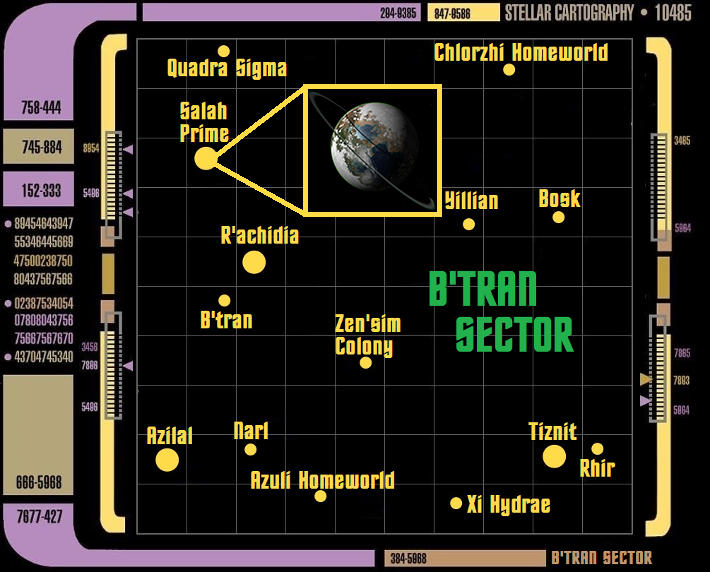Revolt on Three Worlds
Early in the Resolute War the Romulan worlds in the Voltanis Sector were easily overrun and occupied by Klingon and Federation forces. As the war continued and the conflict moved deeper and deeper into Romulan territory, the Voltanis area became a backwater to the fighting, isolated and quite. However, a serious uprising on most of those worlds took place in the third year of the war due to the brutal mistreatment of Romulan civilians by occupying Klingon troops. Federation forces in the area were also taken off guard by the fast-moving rebellion and were mostly overwhelmed.
When occupying a world, the Klingon Empire is well-known for being especially brutal to non-Klingons, and this was also proved to be true on the subdued worlds in the Voltanis Sector. Brutal rapes, mass killings, virtual slavery, and shocking torture were standard procedure against the local population of Romulan civilians and virtually nothing held back the blood-lust and hyper-aggressive nature of their Klingon occupiers. Two years into the war, the Voltanis Sector erupted into mass violence as the noncombatants began fighting back against the directed violence and hate by the Klingons.
The former sector capital world of Alpha Voltanis saw a planet-wide revolt by the Romulan populace against the Klingon garrisons across the planet. Heavy fighting took place in most major cities, with the civilians using unconventional weapons against their heavily armed oppressors. Bombardments by orbiting KDF ships failed to halt the insurrection for two weeks, but finally additional troops and ships were sent from the core worlds of the Klingon Empire and the planetary population was beaten back into submission. The capital city remained in confusion, with various bands of Romulan rebels roaming the countryside independently; eventually they were all hunted down and killed by Klingon troopers.
On Zeta Voltanis the Romulan civilians sabotaged the power network, taking the Klingon occupying troops by surprise. The locals knew the layout of the cities much better than their subjugators and were able to outmaneuver them for months, mainly using the sewer systems and staging attacks against smaller enemy-held positions. The population refused to support the Klingon soldiers in any manner, which led to brutal repression tactics on the part of the Klingons against any and all Romulans they could get their hands on. Ultimately the rebellion on Zeta Voltanis died out as its advocates were hunted down one by one and executed.
The Romulan world Walmar saw the occupying fortifications fall to a sneak raid. The main fort in the capital city was run by the United Federation of Planets after the local defense forces were neutralized early in the war. To date, Fort Marinus was the largest Federation position taken by surprise. On June 2, 2371 AD, local Romulans staged a game of grav-stickball outside the UFP stronghold. The Federation soldiers watched the game, as they had done on previous occasions. Eventually one of the balls was hit through the open gate of the fort, and the Romulans rushed in and found the weapons which Romulan cleaning women had smuggled into the fort. More than 200 Federation troops and support staff were killed, wiping out the entire armed garrison in the struggle; later the Romulans fled the fort after starting several fires that nearly burned the entire complex down. The fort contents, books and paperwork were brought out and burned in the street, and the buildings systematically demolished.
Wider Revolt
As the rebellion in the Voltanis Sector grew, Starfleet officials met at their new orbital military based around the Mqdrekkor Homeworld to discuss about how to deal with the Romulan civilian insurrection. The Federation had only a few troops at hand, in the form of the protectorates' garrison; at most, several hundred soldiers. Many of the more experienced Starfleet military commanders were in UFP space leading the invasion there, and the nearest major military force was at the fleet base at Canopus, guarding against potential Romulan counter-attacks.
The senior Starfleet Admiral in charge in the region was Satok, a career Vulcan officer. He defused the tense situation long enough to gather a militia from the local garrison and dispersed the rebel forces on Zeta Voltanis. He also immediately began to re-establish order on Walmar and pardoned the civilian rebels. The revolt had also spread to the high-population world of Soria, where the Klingon forces were attacked on a nightly basis and many bureaucratic officials were killed. Unrest continued until the intervention of General Kragar, who defeated a rebel army at the Battle of Soria City later that month. Troubles extended to Civetta, Tosti and Delver Prime and several smaller colony worlds. Kragar mobilized 40,000 Klingon soldiers to restore order. Most of the rebel leaders were tracked down and executed; by the fall at least 25,000 rebels had been killed.
While the repressions were unfolding on Soria, Admiral Saltok led his force onto Tarabay, a Romulan colony in open revolt. The local authorities put up very little resistance to the Starfleets forces when they landed on the planet: the former occupying Klingon forces had failed to organised defences and key fortifications fell easily to the rebels, and the local KDF militia were not mobilized. The planet finally came back under control by joint Federation and Klingon occupation but low-level unrest continued for several more years
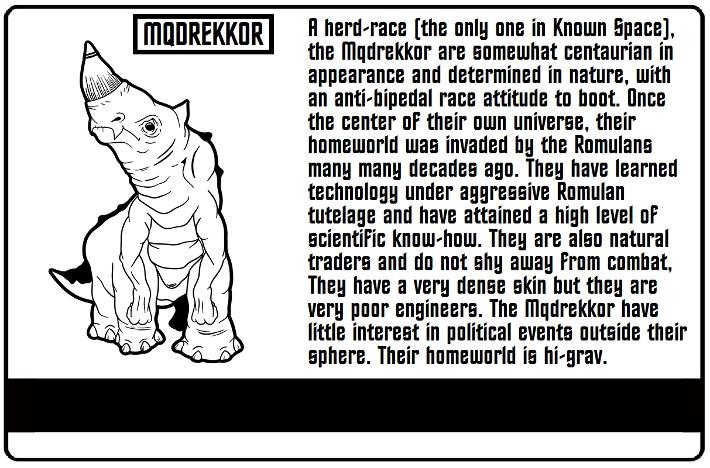
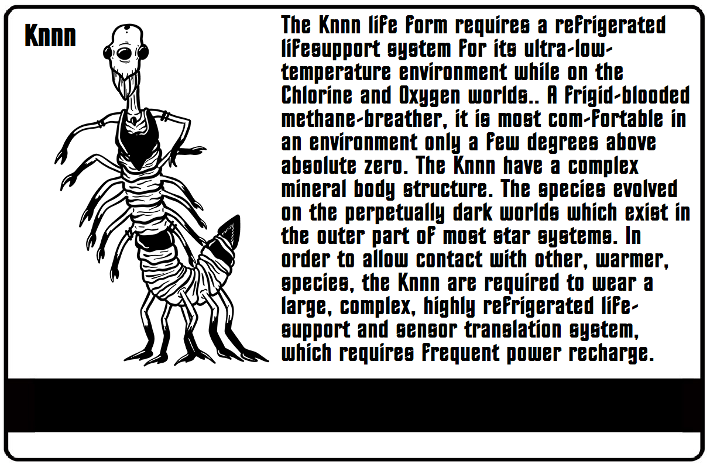
KAL'TESH-CLASS BATTLESHIPS
This battle also saw the first use of the brand-new Kal'tesh-class Klingon Battleships, which were designed specifically to combat the Romulan D'Deridex II -class battleships. Built around a massive armored core and central spinal mount, the Kal'tesh-class were made for heavy combat. The battleship included new regenerative triple shielding, partial neutronium armor coverage, and a massive Spinal Disruptor Wave that could target a broad area of space, hitting numerous enemy warships all at once. With their heavy armor and shields, these monstrous warships were immune to most return enemy fire. Nearly two dozen of these deadly warships spearheaded an attack on the major Romulan world of Lirss Prime and in a two hour battle the Kal'tesh-class vessels were able to easily demolish all the orbital defenses with their spinal wave weapons. The Kalteshs' secondary weapons were six devastating resonance disruptors and four shield-bypassing polarized disruptors, all brand new weapons in the Klingons' arsenal. Romulan D'Deridex-class battleships went head-to-head against the new Klingon battleships at the Battle of Lirss Prime, and proved potent against the Romulan ships in combat, destroying two dozen of them and forcing the Romulan Navy to abandon the strategic planet to Klingon space and ground forces. A Starfleet vessel (the USS Ulysses, an updated Miranda-class) was escorted by Klingon ships during the attack on Lirss Prime and sent records of the battle back to the Federation, detailing the effectiveness of the allied new battleships.
NEW KLINGON DESTROYER
This brand-new destroyer class starship was developed by the Klingon House of Ta'moth during the latter part of the Resolute War, and proved to be somewhat of a dud. Its major flaws were poorly designed engines which crippled the ships' ability to maintain warp speeds above Warp 7 and sublight speeds barely above .50c. In addition, its fire control system was faulty from the outset and had to be completely gutted and rewired in the first two dozen ships in this class. They also had an extremely limited firing arc (forward-facing only) which crippled its defensive abilities. The Bo'mosk destroyers initially saw combat on the front lines but its poor overall performance allowed Klingon Fleet Admirals to reassign this slower but heavily armed and armored destroyer to patrol duties including convoy escort and rear-area operations.
ENHANCED PHASER CANNON
During wartime many new weapons are developed to counter an enemies strengths, and the Enhanced Phaser Cannon (EPC) was one such weapon. Invented by the United Federation of Planets during the Resolute War, it was first designed and first built by Starfleet defense specialists at Beth Delta I. This weapon was fabricated with the destruction of capital ships in mind. It was housed in a special heat absorbing casement. This six-barreled high-energy rotating phaser cannon was built into a dedicated forward-facing armored housing. On the battlefield it was extremely effective against immovable objects like space stations and starbases, and very large capital-grade warships.
The EPC is a extremely high-powered military-grade phaser, even stronger than a typical Type X planetary defense phaser. During initial trials, it proved very effective on the battlefield. Its' only negatives were the massive power requirements, and its forward-only facing firing arc. This arc severely limited its ability to traverse the battlefield with energy weapons fire compared to standard pod-mounted phasers and phaser collimator rings. Since it had a limited firing range, it was almost never mounted on static Starbases or other orbital defenses in Federation space.
It also had huge power requirements, and most starships mounting this weapon needed a back up energy source to fuel its power-hungry needs. All Starfleet standard fusion reactors fell far short of the energy demands needed. Ultimately, only a micronized secondary matter/antimatter power plant could feed the weapon the amount of energy it needed. In battle, the weapon worked exactly as predicted: it was short-ranged but very powerful and utterly destructive. Luckily, the weapon only had a few kinks to work out, and could also be mounted on frigate-size and larger starships. Later, it also proved extremely effective against Dominion capital warships in the Dominion War (2374 to 2376 AD) and became a mainstay of Federation military warship designs.
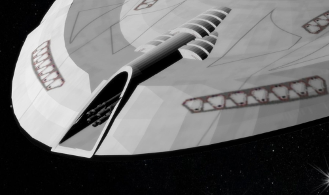
This orbital shipyard specialized in the repair of damaged Starfleet vessels and was considered top-secret, being located deep within UFP territory. Initially built mostly by Humans and Vulcans, this facility was considered to be one of the more important (and heavily classified) in Federation space. However, in mid-2372 AD a Romulan strike force raided the site, destroying much of it. No one knows how the enemy had found the facility, but the repercussions were profound, with Starfleet security measures being tripled when it came to sensitive locations like Gemini Superior.
UFP Depot just seconds before the Romulans opened fire
SPOKANE-CLASS MEDIUM CRUISER
After the stunning raid by the Romulan Navy against the UFP Depot at Gemini Superior, more than two dozen vessels remained in orbit; damaged but repairable. The surviving senior Starfleet officer (a enterprising commodore named Jay-Alan Dark) used his emergency powers to reconstruct some of these ships into vessels with extensive firepower, and he did it in just eight short weeks. The rebuilt Spokanes' included Type 12 phaser emitters and six photon torpedo launchers (3 forward facing and 3 aft), sixty-four fighter-bombers, transporter mines, as well as heavy duty shields and brand-new ablative armor (attached to critical parts of the ship). The newly embarked warp-capable fighter wing gave this class of warship "strategic reach" that very few other Starfleet vessels had. Finally, these twelve starships went on to perform admirably during the Resolute War (and later Dominion War), with eight surviving vessels being turned over to Bajor as the core of a new defense fleet.
STARFLEET SMALLCRAFT
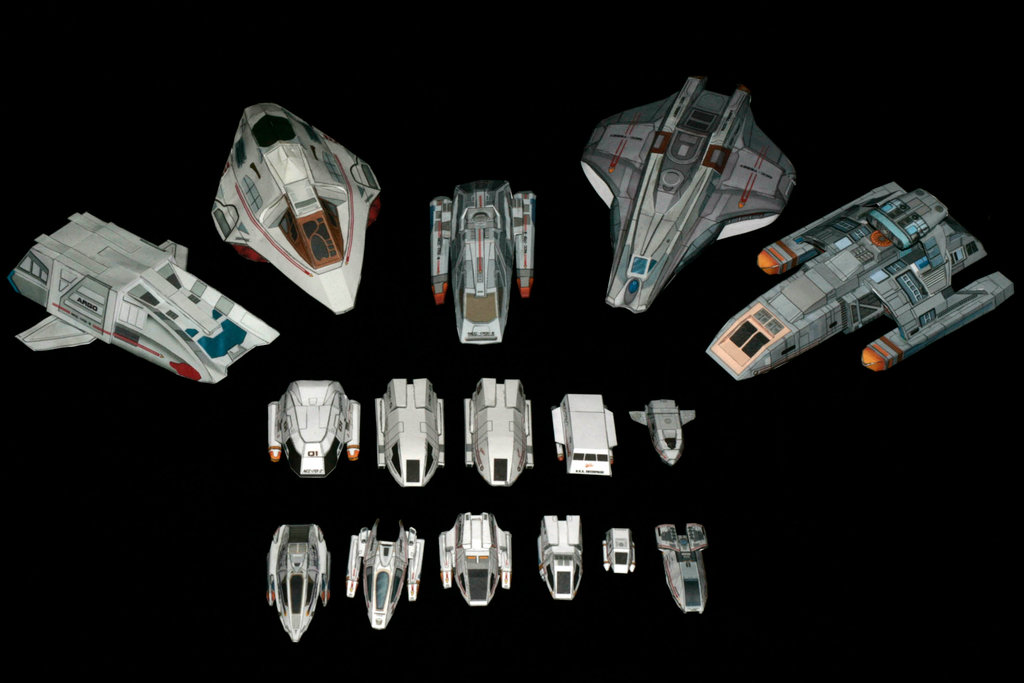
EMPIRE-CLASS SCOUT (ROMULAN)
In the third year of the war the Romulans fielded the ultrafast Empire-class Scout, which escorted and scouted for the much larger Romulan fleets. It had life support issues but overall was a well-rounded design, and it was able to be built in a fraction of time that the much larger D'deridex-class warbirds were. In fact, over 300 of these vessels were constructed, most at Pilatus. T'Liss, and Burgas Prime.
The drive system of the Empire-class scout was exceptionally robust; it didn't use a quantum singularity core like its larger predecessors but instead had a highly compressed matter/antimatter core and extensive fuel tankage, enabling it to go far behind enemy lines. One of this class was thought to have scouted the Klingon Homeworld prior to the Romulan attack on that system, a potentially devastating raid that almost ended the war completely.
KERRN'N-CLASS FAST CARGO TRANSPORT
As the Resolute War continued, the Klingon High Command realized that their battlefleet (which had advanced extremely far into Romulan space) would need significant resupplying of food, fuel, weapons, and spare parts in order to keep the warfront moving forward. The Klingon fleet was sorely lacking in support vessels at the outbreak of the war and several new designs were quickly brought forth for potential construction, but in the end the Kerrn'n-class fast cargo transport was decided on. This speedy vessel was built in record time, and by the hundreds in at least two dozen different shipyards across the Klingon Empire. They were only lightly armed but had the latest 5th generation cloaking device on board, as well as powerful new shielding. Cutting-edge warp and impulse engines often made this vessel to problematic for Romulan warships to target, and during the Resolute War only 11 were ever destroyed by the enemy.
YORGASH-CLASS (KLINGON)
First constructed in 2372 AD by the House of Gorath, this heavily armored scout ship was badly needed by the Klingon Fleet as it continued to advance deep into Romulan space. Previous classes of scout ships (mainly birds of prey) had proved too weak on the battlefield; from its firepower to the armor plating, lighter scout ships were often outgunned by enemy warships and losses in those classes reached over 70% by the middle of the war. When first built, the Yorgash-class had its detractors, including Chancellor Gowron but General Mar'tok backed the designed and more than 100 were laid down during the Resolute War. The armor protection proved extremely effective and the scouts' three-dimensional weaponry often played a crucial role in its survival on the battlefield. It was also the smallest warship to mount the advanced energy torpedo launcher, a weapon system developed by the Klingon Empire just a decade ago. After the war the entire class' performance was subject to an extensive military evaluation, and overall this Klingon vessel was judged a resounding success.
KAHLESS-CLASS (KLINGON)
After more than 3 years of fighting the Imperial Klingon Navy has learned a lot from combat with the Romulans. One of the key points was the enemy forces liked to target the warp drive on Klingon warships, making sure they couldn't escape if the battle turned against them. Nearly 35% of all ship losses by the Klingon Navy was because of the inability to retreat due to warp drive damage. With that in mind, the House of Korath began fielding new heavily armored destroyer-class military vessels late in the war, and they were a fantastic success. With nearly triple the armor of a regular warship, and nearly ten times worth protecting the ships' warp nacelles, the Kahless-class became very successful on the battlefield....and wildly popular with their crews. The vessel also had been added to in other areas: it had new triple redundancy in life support, a secondary manual flight control line was also laid in to avert battle damage, and a much expanded medical bay was built into it as a final thought. Overall the design was a huge improvement over its predecessor ships and many ships in the class ended the war with much glory.
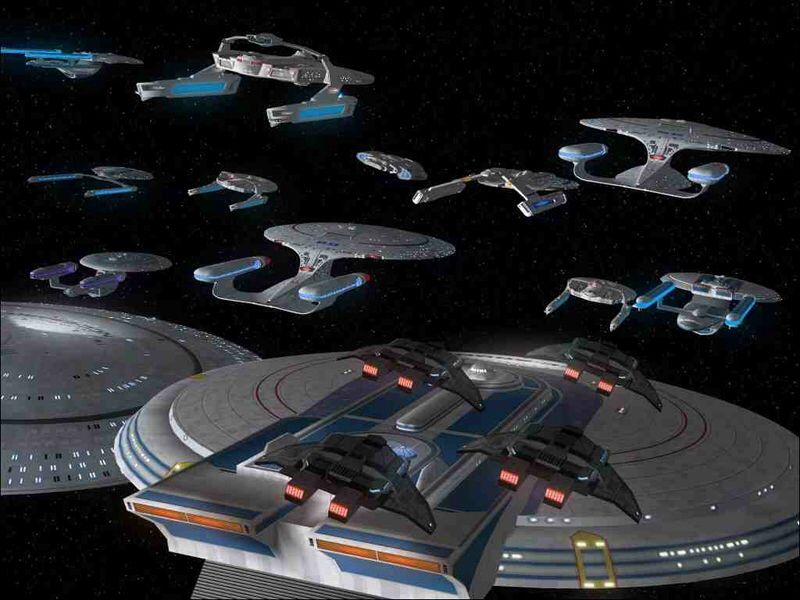
MORE HERE SOON (BIG BATTLE)
